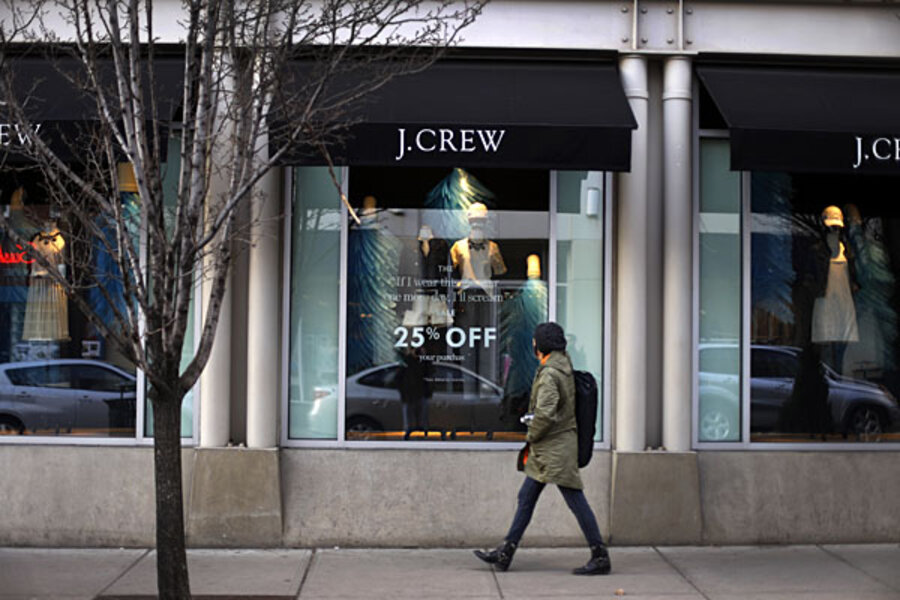Retail sales impress. Economy's 'winter' problem appears over.
Loading...
Lackluster economic reports have become a matter of routine in recent months; everything from auto sales to consumer spending was held back, it seemed, by unusually sever winter weather across much of the country. Still, doubt lingered: Could it all be chalked up to the cold, or was something deeper holding back the US’s still-fragile economic growth?
According to today’s retail sales report, we can relax a little; it may have been the weather after all. Retail sales rose a surprising 1.1 percent in March to hit $433.9 billion, after falling in January and rising 0.7 percent in February, according to the US Commerce Department. Economists had predicted a 0.9 percent rise.
The biggest gain by far was in the automotive sector, where vehicle and parts sales rose 3.1 percent. It was the biggest gain for retail sales since September 2012;the only losses came in electronics and gasoline sales, which fell 1.6 percent and 1.3 percent, respectively.
“In March, retail sales made a comeback,” Chris Christopher, a senior US economist at IHS Global Insight, wrote in an e-mailed analysis. “The increase in retail sales was broad based and February was significantly stronger than originally thought. Consumers came back with a vengeance in March. It is clear that consumer spending and confidence weathered the unseasonably colder winter and shoppers are ready to open their wallets for big ticket items.”
The report is the latest indicating that spending is heating up right along with the weather. Consumer confidence hit a six-year high in March, and gross domestic product is expected to grow at an annualized 3 percent in the second quarter of 2014, compared with 1.5 percent during the first three months. There are also signs of life in the housing market, including a surge in mortgage applications and a predicted slowdown in price gains, which could increase buyer interest. In the end, the harsh winter may have delayed certain types of spending rather than stopped them altogether, which could have a net positive impact in the coming months.
“On a net basis, the impact of weather on broad-based consumer spending was probably a modest negative this winter,” Josh Shapiro, chief US economist with MFR Inc. in New York, wrote via e-mailed analysis. “Today’s report for March corroborates this narrative, as clearly some pent-up demand for many products was satisfied as worse than normal weather conditions eased.”
“In general, some types of spending affected by weather are normally made up later,: he continues. Someone who needs a car, for example, can buy it after the weather improves. “But some lost activity is never made up,” like restaurant visits and impulse buys in stores.








